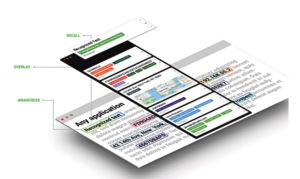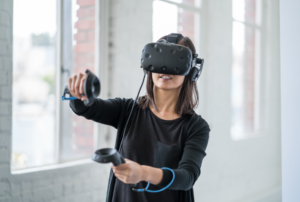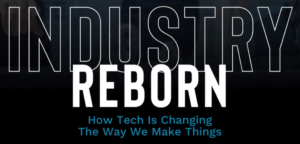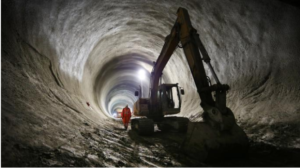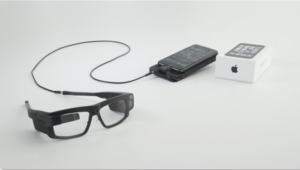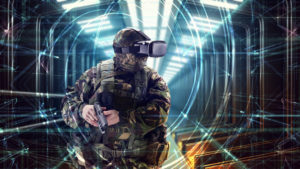4 Key Challenges Facing UX Design for XR and How to Solve Them by ThreeSixty
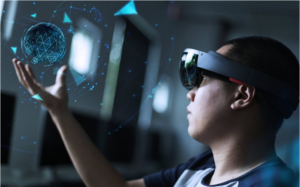
XR promises more intuitive and natural ways of interacting with information. In both VR and AR, we can use our hands, gaze, gestures and voice to directly interact with content and manipulate virtual objects, but perhaps we’ve be lead to assume that immersive tech is already usable out of the box.
Today, we consistently find evidence that the UX is still in its infancy and improvements to UX design are not being focused on enough in the immersive technology space. AIXR have covered accessibility issues with UX design recently, check that article out here.
At Threesixty Reality we have an immersive tech usability lab, where we test a wide range of AR and VR applications with target users. We repeatedly see most users struggle to use these devices effectively, and even mastering the basic controls can take some practice. Let’s not forget that humans have been trained for the last 20 years or so to interact with flat 2D menus on screens, with their finger or with a mouse. The transition to immersive tech isn’t automatic. The interactions are mostly all new and UX design conventions for virtual and augmented reality are just starting to emerge.
Ryan Gerber, Systems-level UX and product design at Vive VR points out: “Even though we’ve begun to see enterprise readily adopt XR solutions, largely due to a quantifiable return on investment, the much more massive market of normal humans is still largely skeptical around this technology’s ease of adoptability.”
In fact a survey of 140 industry professionals in 2018 by global law firm Perkins Coie found the top rated barrier for both VR and AR adoption was poor UX for a second year in a row. Although, in many cases these UX barriers relate to setting up the hardware, we need to also pay attention to the many challenges around how to best design immersive software and new UI paradigms, that are easier to adopt and provide a sense of familiarity as users move from application to application. Vik Parthiban, XR graduate researcher at MIT Media Lab highlights the need to prioritise interaction design for XR, “People underestimate the importance of interaction in AR and VR.”
In the XR industry, we tend to focus a lot on the immersiveness, the compelling 3D world, the sense of presence, low latency tracking that makes you think those are your real hands, the spatial audio, the 3D holograms that seem to obey the laws of physics. In other words, there is a fascination with the potential of the technology and what it can do and less with the step by step journey a human will go through to actually get things done and interact with the system effectively.
This sense of ever improving presence and graphical realise are qualities that make users say “wow!” the first time they experience modern immersive tech, but what we find in user research is that the vast majority of issues occur when the user tries to interact with objects and get the same level of return for their efforts as they would from a usable mobile application. These issues are often quite severe to the point where the user is frustrated and confused and quickly loses the motivation to continue. We hear comments like “I couldn’t get it to do what I was trying to do” or “I could have done this faster on my phone” all the time.
Read the full article on UX Design and Immersive Tech by ThreeSixty here.
